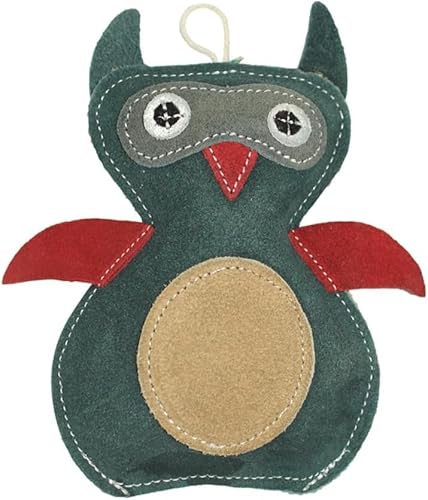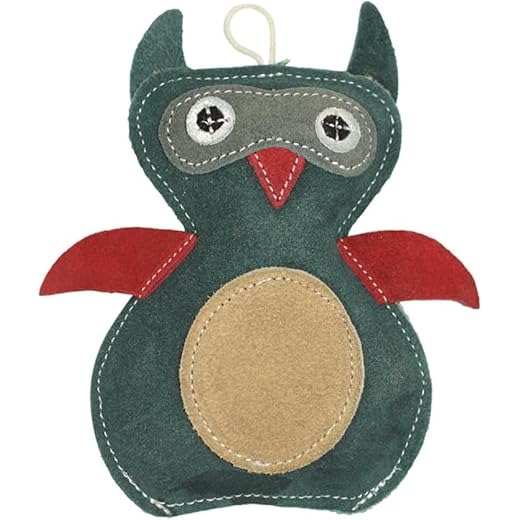




Consider investing in a sturdy barrier or gate. This simple addition can create a physical boundary, keeping your furry friend from approaching the door whenever someone arrives. I remember the first time I set up a baby gate; it transformed my entrance area. My pup could still see what was happening outside, but the gate stopped her from jumping and pawing at the door.
Training plays a pivotal role. Establishing a command, such as “stay” or “leave it,” can significantly decrease those eager attempts to rush towards the entrance. I spent a couple of weekends reinforcing this command with treats and praise. In no time, my canine companion learned to remain calm and collected, even during doorbell rings.
Providing distractions is another effective strategy. Interactive toys or a designated space filled with their favourite items can keep them engaged during peak activity times. I found that filling a puzzle toy with treats kept my pup occupied while I entertained guests. The focus shifted from the door to her playful antics, which is always a win in my book.
Regular exercise is key. A well-exercised dog is generally a calmer one. I take my dog for long walks or play fetch frequently, ensuring she expends her energy. This simple routine drastically reduces her excitement levels and, consequently, her urge to leap at the door when someone arrives.
Solutions for Door Damage
Applying a protective barrier is a straightforward method. Use a clear vinyl sheet or a door guard specifically designed to endure wear and tear. This not only shields the wood but also allows you to maintain the aesthetic of your home.
Training Techniques
Redirecting behaviour is immensely beneficial. Whenever your furry friend approaches the entrance, guide them to a designated spot with a toy or treat. Consistently rewarding them for remaining calm and quiet will gradually condition them to stay away from the surface.
Environmental Enrichment
Keeping your companion mentally stimulated can greatly reduce unwanted behaviours. Incorporate puzzle toys or interactive games to keep their mind engaged. A tired pet is less likely to engage in destructive habits, so ensure regular exercise and playtime are part of their routine.
Understanding the Reasons Behind Door Scratching
Recognising what drives your furry friend to claw at the entryway can significantly guide you in addressing the behaviour. Dogs typically engage in this act due to boredom, anxiety, or a desire for attention. Identifying the root cause is the first step in managing the habit.
Here’s a breakdown of common triggers:
| Reason | Description |
|---|---|
| Boredom | When left alone for long periods, canines may resort to clawing at surfaces as a form of entertainment or to release pent-up energy. |
| Anxiety | Separation anxiety or fear of loud noises can lead to a frantic need to escape or seek comfort, resulting in physical attempts to reach you. |
| Attention Seeking | Aiming to garner your focus, some animals scratch at barriers, believing this will lead to interaction or playtime. |
| Curiosity | Natural instincts might prompt an inquisitive pup to scratch if they hear or sense something intriguing on the other side. |
By observing your pet’s behaviour closely, you can determine which of these factors might be influencing their actions. For instance, if you notice scratching ramps up during times of solitude, it may signal a need for more engagement or activities. Conversely, if it’s linked to loud noises, creating a more secure environment can help alleviate their distress.
In my experience, offering interactive toys or puzzle feeders has been a game-changer for keeping my canine companion engaged. Not only does it distract from wanting to claw, but it also provides mental stimulation, which is equally crucial for their well-being.
Training Techniques to Discourage Scratching Behaviour
Utilising positive reinforcement is key. When your pet approaches the area without causing damage, reward them with treats or praise. This builds an association between good behaviour and positive outcomes.
Redirecting Attention
Provide alternatives to keep your furry friend occupied:
- Interactive toys: Choose puzzle toys that challenge their mind.
- Chew items: Offer durable chew toys to satisfy their urge to gnaw.
- Training sessions: Engage in regular training to redirect their focus.
Creating Boundaries
Setting clear limits can significantly help:
- Use baby gates to restrict access to certain areas.
- Apply deterrent sprays to surfaces to discourage interest.
- Establish a designated space for relaxation away from doors.
Incorporate consistency in your approach. Repeating commands and maintaining routines reinforces what is acceptable. For further insights on maintaining cleanliness, check out how big is an 8 gallon trash can for effective waste management.
Creating a Comfortable Space for Your Canine Companion
Ensure your furry friend has a dedicated area with their bed, toys, and blankets. This space should be inviting and located away from high-traffic zones, allowing them to relax without disturbances. Use soft bedding that provides warmth and comfort, as I’ve found that a well-chosen mattress can make a significant difference in their rest quality.
Enrichment Activities
Incorporate engaging toys that stimulate their mind and body. Puzzle feeders are fantastic for keeping them occupied and can distract them from unwanted behaviours. I’ve noticed that my pet loves interactive toys, which not only entertain but also reward them with treats, making playtime much more enjoyable.
Routine and Structure
Establish a consistent schedule for meals, walks, and playtime. This predictability helps to create a sense of security. I’ve experienced that my canine thrives on routine; knowing what to expect reduces anxiety and helps them settle into their environment. Regular exercise is equally important, as it tires them out and promotes calmness.
Using Physical Barriers and Deterrents
Installing a sturdy gate or barrier is an immediate solution that can significantly limit access to areas where unwanted behaviour occurs. Choose a design that complements your home while being tall enough to thwart curious pups. Ensure that the barrier is stable and secure, preventing any attempts to jump over or push through.
Employing Deterrent Products
Consider applying a pet-safe spray on the surfaces that are targeted. These sprays often have unpleasant scents that deter your furry friend from approaching those spots. Additionally, using double-sided tape can be effective; dogs dislike the tacky sensation on their paws. Place strips strategically on the edges of the area you wish to protect.
Furniture Arrangement
Rearranging furniture can act as a physical deterrent as well. Creating an obstacle course can make it more difficult for your pet to reach the area in question. This not only curtails unwanted behaviour but also stimulates them mentally, providing an engaging environment. Don’t forget to incorporate engaging toys, such as the best dog food ball, which can keep them entertained and distracted.
Physical barriers should be used in conjunction with training methods for a holistic approach. Combining these strategies will help cultivate a more peaceful coexistence between you and your beloved companion.







